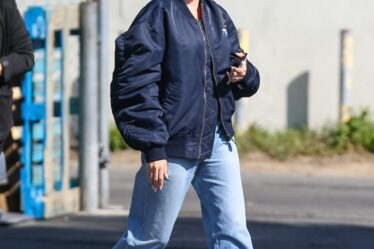
Nearly 1.7 million tonnes of used fabric were exported to other countries — primarily in Asia and Africa — in 2019, but whether they are destined for recycling, re-use or landfill is “highly uncertain,” according to a report published Monday by the European Environment Agency.
The report, which analyses UN Comtrade data between 2000 and 2019, found a growing shift towards consolidation and specialisation on both sides of the used textile trade (just five countries accounted for 75 percent of EU exports of textile waste, and the top 10 receiving countries imported 64 percent of total volumes), but evidence of how these textiles are sorted, re-used, recycled or disposed of remains opaque and largely anecdotal. Clothing and textiles exported to Africa are generally understood to be re-used and sold domestically, while Asia, which now receives 41 percent of exports, is known for dedicated sorting facilities where fabric is often downcycled for industrial rags or re-exported globally. In both regions, textiles considered unfit for re-use are destined for landfill.
Old clothes and fabric have also become less valuable; 1kg of used textiles traded for €0.57 ($0.60) in 2019, down from for €0.76 in 2000. Rising export volumes amid falling prices could indicate steady demand, or a saturated market and reduced quality of the textiles themselves, the report noted. Incoming requirements for all EU countries to have dedicated textile waste collections by 2025 could further increase volumes.
This report comes on the heels of the EU’s sustainable and circular textiles strategy published in March last year, which also noted the limitations of current textile sorting and classifications and called for improved transparency in global used-textile trade.
The report also highlighted that, with used textiles facing such an uncertain fate, the assumed positive environmental and social impacts of clothing donations and recycling could be called into question.
“The avoided environmental impacts related to reuse depend on whether this reuse actually replaces new textile or fibre production,” it said. “In other words, if used textiles exported from the EU are of too low quality to be reused, are not reused for very long or do not replace new clothing purchases, they may not really replace new production or benefit the environment.”
Learn more:
Should Fashion Pay for Its ‘Waste Colonialism’?
Every year, millions of tons of old clothes are shipped around the world as part of the global secondhand clothing trade. Nonprofit The Or Foundation and Vestiaire Collective are lobbying for regulation that benefits the countries where they end up.



